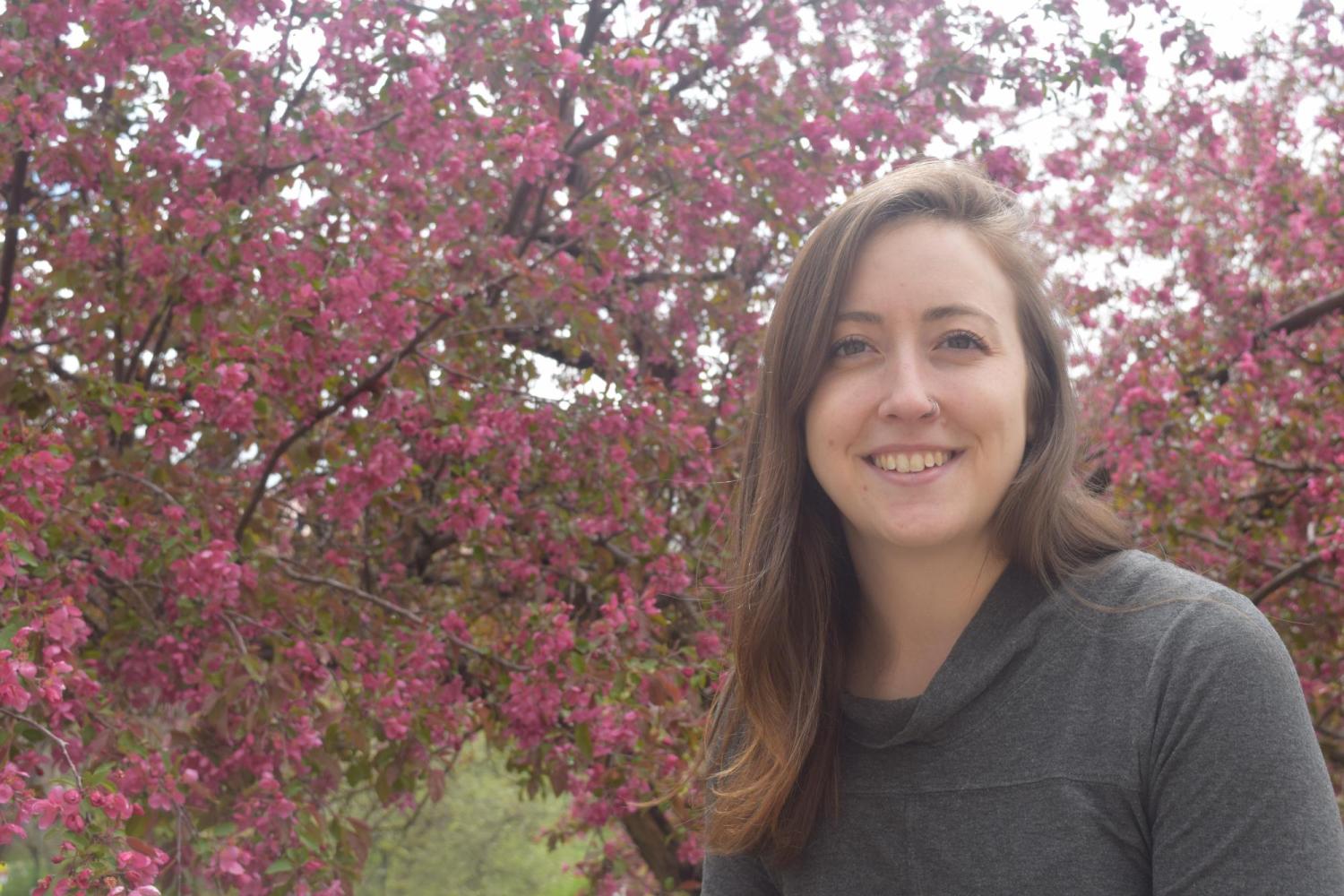Brittney Hofer
- Engaged Arts and Humanities Scholar 2019-20
- ART AND ART HISTORY

Brittney Hofer is a second year MFA candidate in Sculpture and Post Studio Practices at the University of Colorado Boulder. She received her BFA at the University of Montana Missoula in 2016, with a focus in sculpture and a minor in Art History. Her interdisciplinary work looks at the sensory and cultural ways humans interact with the land and components of exchange within this relationship. Hofer uses the body as a tool of research in order to gain insights into our sensory capabilities and the role they play in the orientation of self within place. By utilizing agrarian objects such as cattle guards, dirt roads, and barbed wire fences, Hofer investigates the overlaps between western music making and land use in western expansion. She explores how lines and borders created within these practices have dictated humans' interactions with the environment, both physically and audibly.
Students in the Engaged Arts and Humanities Graduate Student Scholars program participate in the development of a community-engaged scholarship "partner" project. Below, please read about Hofer's project and her approach to this work.
I am working on a community-based art project that is aimed at bridging the gap between art and community through music— offering a new perspective on what that can be. Within the manifestation of the project, Hofer will map the multiple layers of water in the valley and transpose them into a graphically notated music score that will then be performed by a musician from the San Luis Valley. The recording of the composition will then be broadcasted via loudspeaker that will be attached to a rotating center pivot point set up next to the first acequia in Colorado, The Peoples Ditch in San Luis, Colorado. The significance of the center pivot irrigation systems stems from current water resource issues that are threatening the livelihood of agriculture within the state. The specific placement next to the acequia emphasizes the tension between the two different types of irrigation as well as water rights while subverting the intention of the center pivot as an ode to the acequia. As a collaborative team, a musician local to the valley and I will compose a graphic score specific to the water shortages affecting the San Luis Valley and record it being played on a piano.
I will also host a series of meditative Deep Listening workshops for the community aimed at offering an artistic interpretation of environmental issues through site-specific artwork and the research created through its construction. Through partnering with the American Music Research Center (AMRC), both the recordings of the deep listening workshops and the graphic composition (in book form and recorded) will be put in the collection at CU Boulder’s AMRC. I hope to also offer this to the Sangre de Cristo National Heritage Center’s Voices of the Valley project. The community’s role in all of this is to aid in both cultural and historical documentation of the changing environment dependent on agriculture.
As an artist, I am capitalizing on my specialty of community-engaged, site-specific art installations that open up a discourse between the importance of arts and music within rural communities. I also plan on leveraging the tools of ethnographic research.
My work utilizes multiple aspects of engaged scholarship such as community workshops, deep listening, and site-specific, non-traditional techniques. As a site-specific artist, community-engaged scholarship aids in creative research through the connections found between people and place and culture. I am going to a small rural community in Southern Colorado that is witnessing firsthand these specific water issues mentioned earlier. Within my practice and creative works, this type of community engagement helps me gain a local perspective as well as a communal understanding of a subject.
I frame this work through the personal experience of growing up in rural, northern Montana. I was raised on a farm and the value of depending on the land was instilled in me from an early age. In addition to that, I studied classical piano for ten years, so my work comes from a place of intersectionality between the lines and borders created within both music and agriculture. These processes/practices of piano and rural communities speak to my future goals as a community facilitator of deep listening workshops that offer a space where both of those things can physically and audibly connect us through vibrations of ephemeral sounds.


